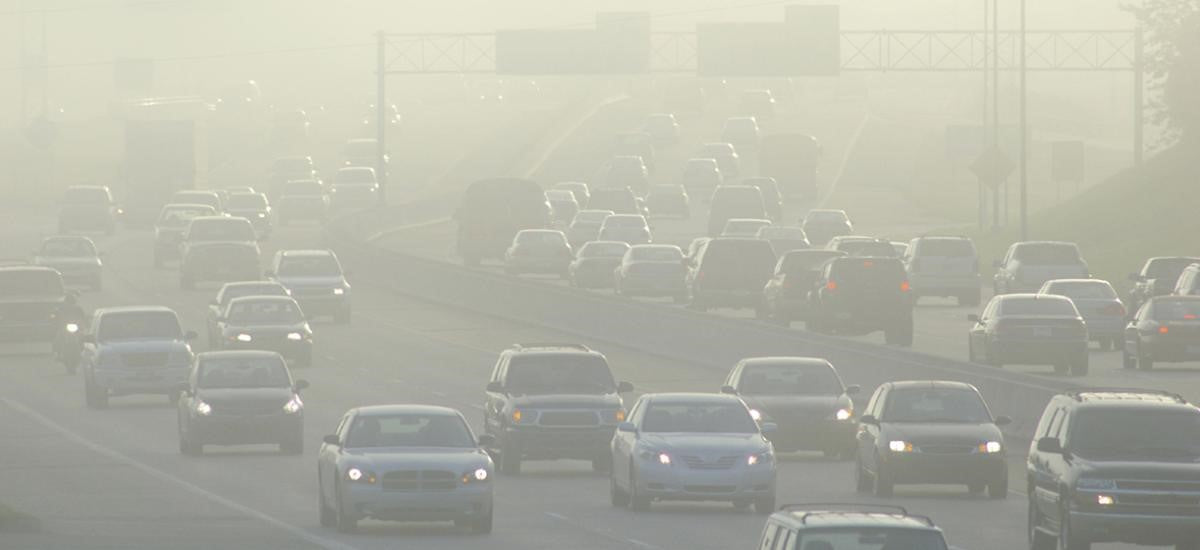
When it comes to adequate infrastructure, a lot of cities across the globe face two key problems: Congestion and pollution. Managing both those problems is today’s holy grail of urban infrastructure planning: Finding solutions for them enhances resident’s satisfaction with life, cuts down rates of various illnesses, gives rise to a new concept of public space and ideas for how to use it, and even contributes to the overall economic performance of a city. If you wanted to put a number on it, a 2017 study puts the price tag of congestion and traffic jams in the US alone at a staggering $300 billion per year.
The most emblematic of the changes needed to combat those problems will surely be the reduced reliance on individual mobility. In many of the world’s most congested cities it soon be unfeasible to own and drive one’s own car. In fact, many cities have already reached a point where using alternative transportation is much faster than relying on one’s own car. However, due to a socialization that oftentimes emphasizes the right to own and operate a motor vehicle, and an industry that does its best to create a desire for owning cars, many people have not yet realized that the tides are turning fast. From a purely practical point of view, there are two factors that may give cars advantages over other forms of transport: If I drive my own car, I can drive it from my doorstep to exactly where I want to go (provided I can find parking space), and I can use it exactly when I want to go. Any modern infrastructure concepts that wants to alleviate the problems associated with excessive car use therefore needs to address those two factors (among a range of other, albeit less important factors, such as being usable regardless of weather conditions, and a heightened perceived sense of control when driving a car)

(Union of concerned scientists)
What can urban planners do to align their concepts to the needs of urban workforces? The good thing is that constantly using one’s own car will become increasingly hard to justify. As cities grow, so does the transport volume on their streets, constantly prolonging the time needed to get from one place to another. Likewise, the increasing awareness of the dangers of exhaust fumes creates a stronger pressure on commuters and regulating bodies alike. In large metropolitan areas, automotive emissions are estimated to contribute anywhere between 50 and 90% to the total amount of air pollution. The noise pollution from cars, trucks, and buses is also associated with many medical conditions ranging from high stress levels to sleep disturbances. Some cities, especially in those countries that suffer the most from pollution and congestion, have been taking drastic measures. Shanghai, for once, is making it extremely hard to obtain license plates: New plates are strictly limited, can only be won in a special lottery, and for the winners often cost about the same as paying for a new car. Delhi in India has passed rules that alternately allow odd and even-numbered license plates to use its streets, depending on the day of the week. And following the wake of the scandal that shook Germany’s car manufacturers, a Hamburg court has just rules that certain types of cars are no longer allowed to drive in certain parts of the city.






Share:
5 Benefits Of Riding An Electric Bike
Are electric bikes changing the concepts of mobility?